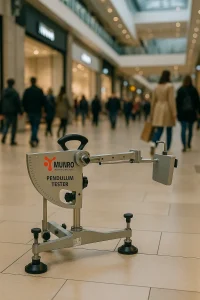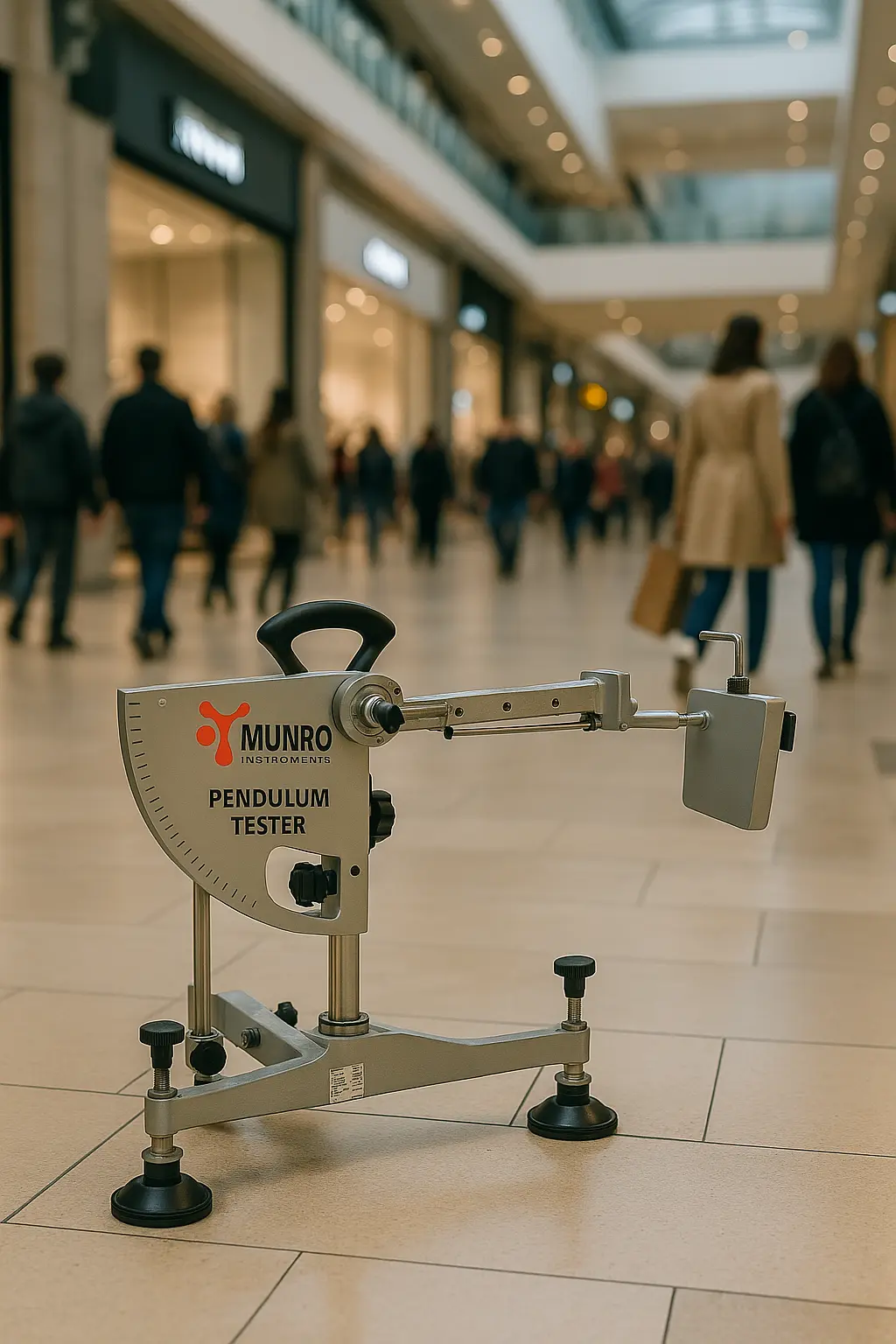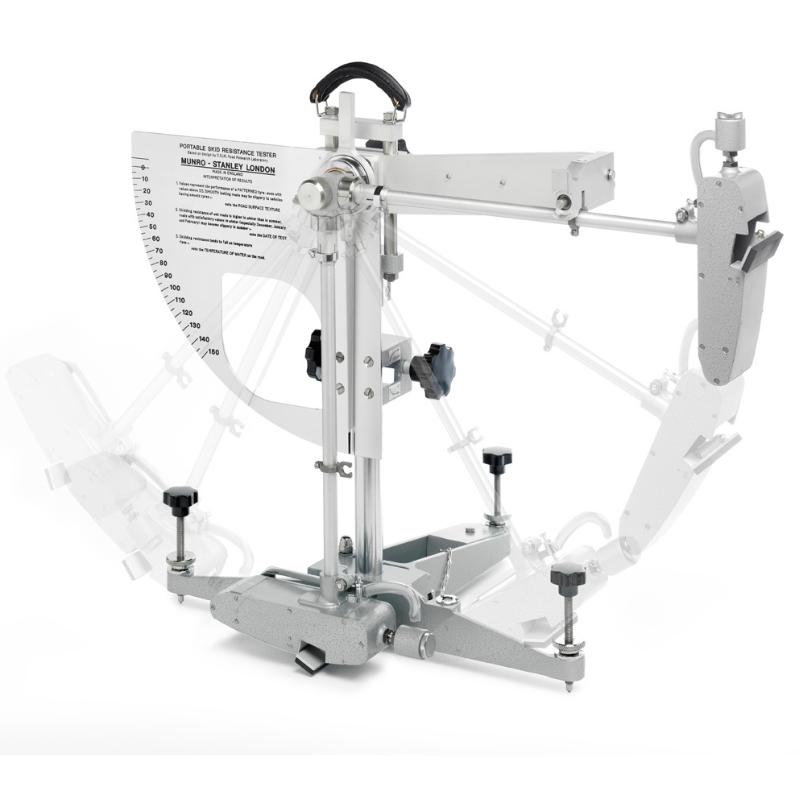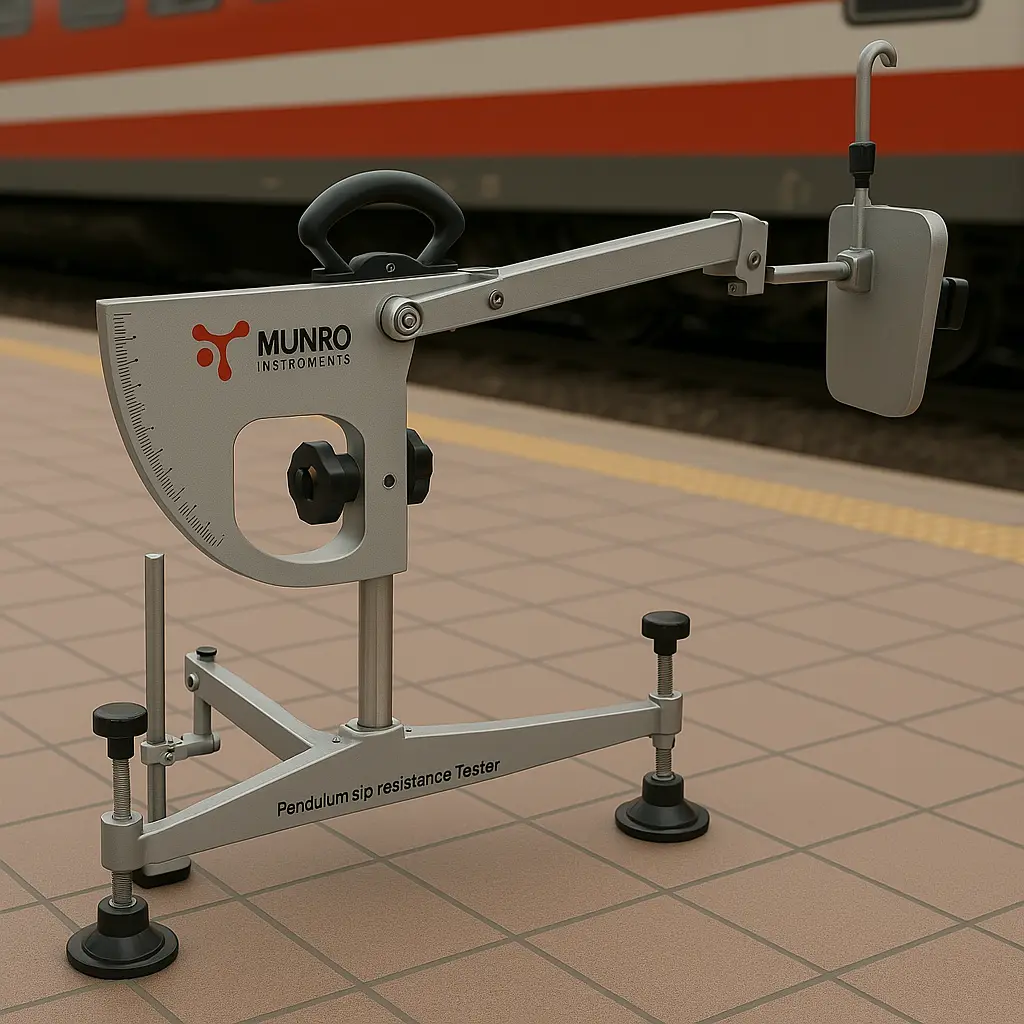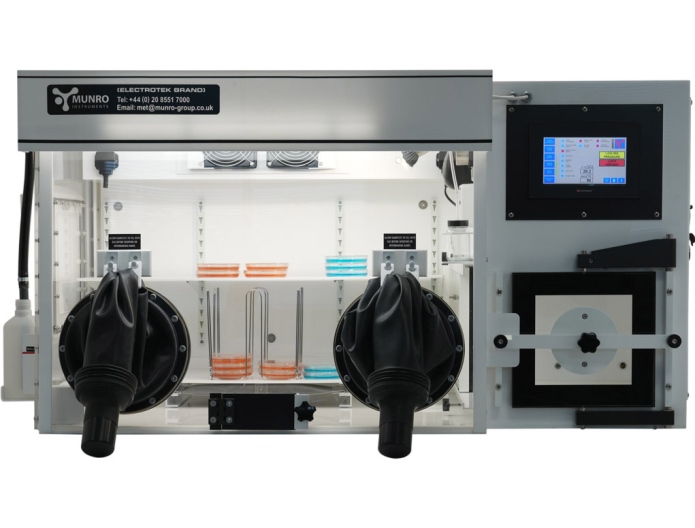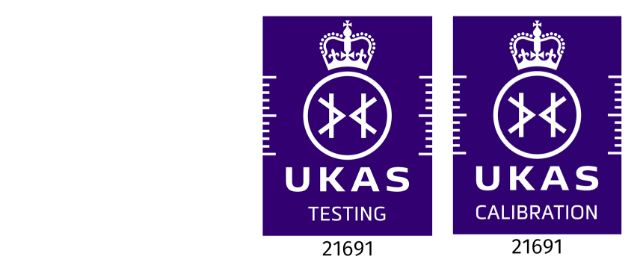Slip Resistance Testing Service – Frequently Asked Questions (FAQ)
Q: What slip resistance testing services do you offer, and which standards do you comply with (e.g., ANSI, ASTM, EN)?
A: We offer comprehensive slip resistance testing for a wide range of surfaces. Our services comply with leading international standards, including ANSI A326.3, ASTM E303, ASTM D2047, BS 7976, EN 13036-4, and other relevant guidelines.
Q: Can you test both wet and dry surfaces?
A: Yes. We can perform slip resistance tests on both wet and dry surfaces to assess performance under different real-life conditions.
Q: What types of surfaces can you test? (e.g., tile, wood, concrete, vinyl, etc.)
A: We test ceramic tiles, natural stone, wood, concrete, vinyl, laminates, composite materials, metal surfaces, and more.
Q: Do you provide an official report or certificate for the test results? If so, what information is included in the report?
A: Yes. Our official reports include the test method used, environmental conditions during testing, detailed results (e.g., Coefficient of Friction values), compliance statements, and recommendations if improvements are needed.
Q: What is the typical turnaround time for a test and report?
A: Most reports are delivered within 3–5 business days after testing. Urgent services can be arranged upon request.
Q: Do you offer on-site testing or do we need to send you samples?
A: We offer both. We can visit your site for real-world testing or conduct laboratory testing on submitted samples.
Q: Can you provide a quote for a specific testing project?
A: Absolutely. Contact us with details about your project, and we will prepare a tailored quotation.
Q: What specific testing methods or devices do you use? (e.g., tribometer, pendulum tester, etc.)
A: We use precision instruments such as the pendulum slip resistance tester, portable tribometers, and other devices that meet international testing standards.
Q: Can you explain the Coefficient of Friction (COF) measurement and how it relates to slip resistance?
A: The COF measures the resistance between a surface and a moving object (like a shoe). Higher COF values generally indicate better slip resistance.
Q: What is the difference between static and dynamic COF, and which one do you measure?
A: Static COF measures the resistance to the start of movement, while dynamic COF measures resistance while in motion. We can measure both, depending on the standard and application.
Q: How do you ensure the accuracy and repeatability of your test results? Do you have a calibration schedule for your equipment?
A: All our equipment is regularly calibrated according to manufacturer and international standards to ensure precision and repeatability.
Q: Are there specific environmental conditions (e.g., temperature, humidity) that need to be controlled during the test?
A: Yes. Some standards require controlled conditions, which we maintain either on-site or in the laboratory.
Q: What is the minimum sample size required for your testing?
A: Typically, we require at least 100 mm x 100 mm per sample, though requirements may vary depending on the standard.
Q: Do you offer recommendations for improving the slip resistance of a surface if it fails the test?
A: Yes. Our reports include actionable recommendations for surface treatments, coatings, or cleaning protocols.
Q: What types of floors can you test? (e.g., commercial, industrial, residential)
A: We test all floor types, including commercial, industrial, public facilities, and residential properties.
Q: Are your services suitable for both new construction and existing floors?
A: Yes. We work with both new projects and existing installations.
Q: Do you offer consultation services on floor material selection for safety?
A: Yes. We can advise on selecting flooring materials that meet safety and compliance requirements.
Q: How does your service help businesses comply with safety regulations and standards (e.g., OSHA)?
A: Our testing ensures your flooring meets applicable safety standards, reducing slip-and-fall risks and supporting OSHA compliance.
Q: Can you provide a list of your past projects or client references?
A: Yes, references are available upon request.
Q: Do you also offer treatments or coatings to improve floor slip resistance?
A: Yes. We can recommend and supply slip-resistant treatments where needed.
Q: Which specific floor testing standards do you adhere to? (e.g., ANSI A326.3, BS 7976, ASTM E303)
A: We adhere to ANSI A326.3, ASTM E303, ASTM D2047, BS 7976-2, and EN 13036-4, among others.
Q: Can you perform a floor slip test on an inclined surface?
A: Yes. We have specialized equipment to measure slip resistance on inclined planes.
Q: How do you prepare a floor surface for testing (e.g., cleaning, drying)?
A: Surfaces are prepared in accordance with the relevant standard, which may require cleaning, drying, or wetting before testing.
Q: What is the critical minimum COF value for a safe walking surface according to different standards?
A: The value varies by standard—e.g., ANSI A326.3 requires a minimum DCOF of 0.42 for wet areas, while other standards have different thresholds.
Q: Do you offer a service to regularly monitor and re-test floor slip resistance over time?
A: Yes. We provide periodic testing contracts to ensure long-term compliance and safety.
Q: Can you provide information on the relationship between surface roughness and slip resistance?
A: Surface roughness affects the contact area between a shoe and the floor, which influences slip resistance. We can include surface texture measurements in our reports.
